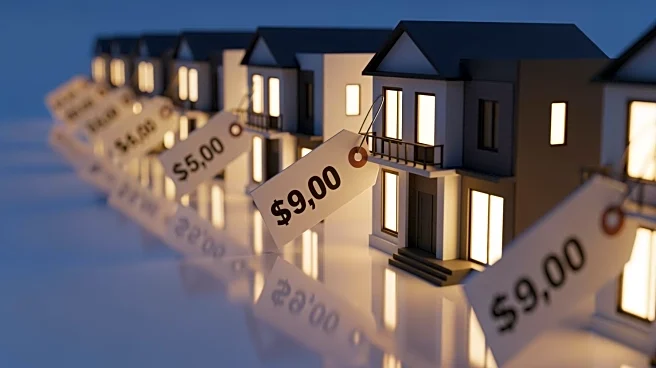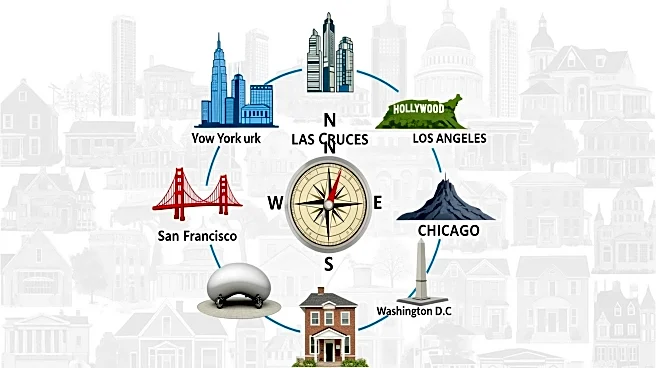What's Happening?
Investors are increasingly impacting the U.S. housing market by paying premiums up to 35% above the median sales price, according to a report by Realtor.com. This trend is particularly evident in Western
and coastal states like Montana, Utah, and California, where housing affordability is already stretched. Investors are capitalizing on both high-cost and more affordable regions, with some purchasing homes at prices significantly below the typical sales price in states like Michigan, Maryland, and Virginia. Despite a general decline in home sales by 4.2% in Q2 2025, investor purchases only fell by 2.7%, resulting in an increased market share of 10.8%. This activity is contributing to price pressures, especially in competitive markets.
Why It's Important?
The increased activity of investors in the housing market is significant as it exacerbates affordability challenges for typical homebuyers. By paying premiums, investors are driving up prices, making it more difficult for everyday buyers to compete. This trend could lead to further market imbalances, particularly in regions where housing supply is limited. The growing influence of investors may also impact local economies and housing policies, as communities grapple with the implications of reduced homeownership opportunities for residents.
What's Next?
As investors continue to play a significant role in the housing market, potential responses could include policy interventions aimed at increasing housing supply or regulating investor activity. Local governments may consider measures to protect first-time buyers and ensure affordable housing options remain available. The ongoing dynamics between investors and typical buyers will likely shape future market trends and influence housing affordability across the U.S.












